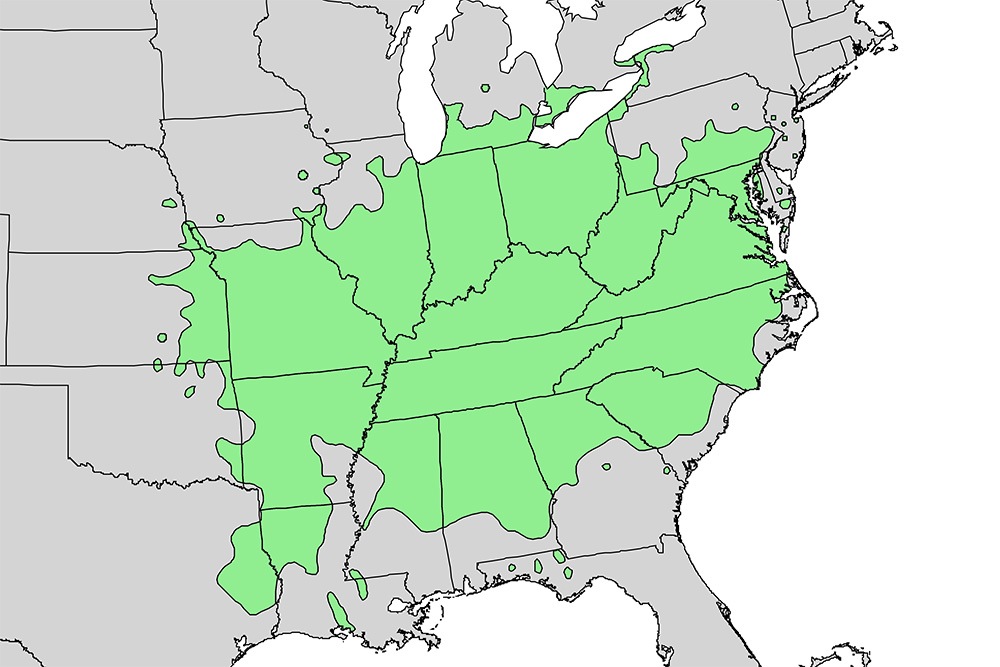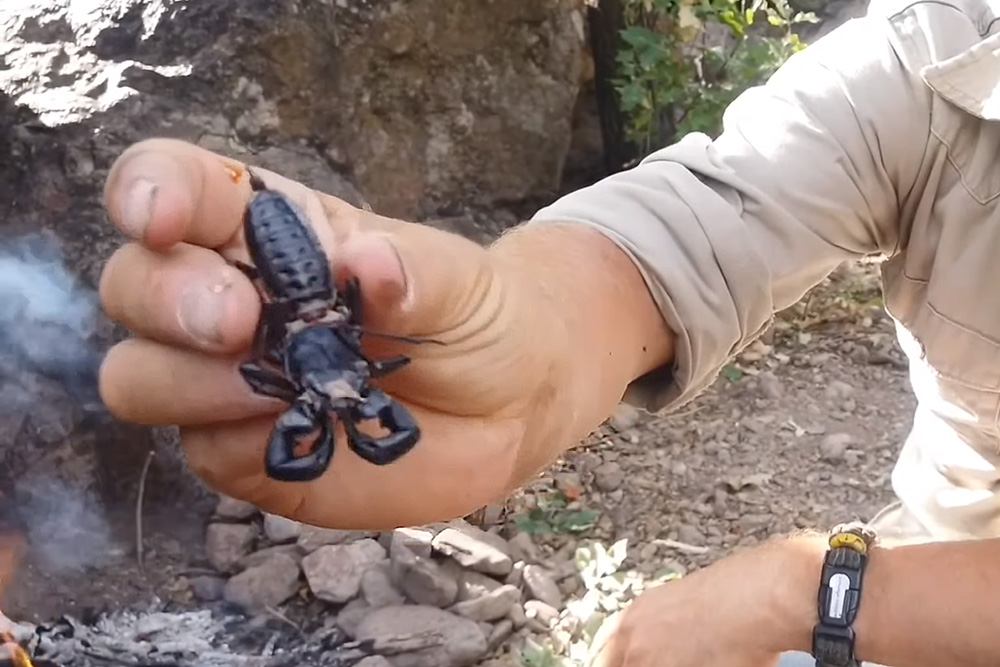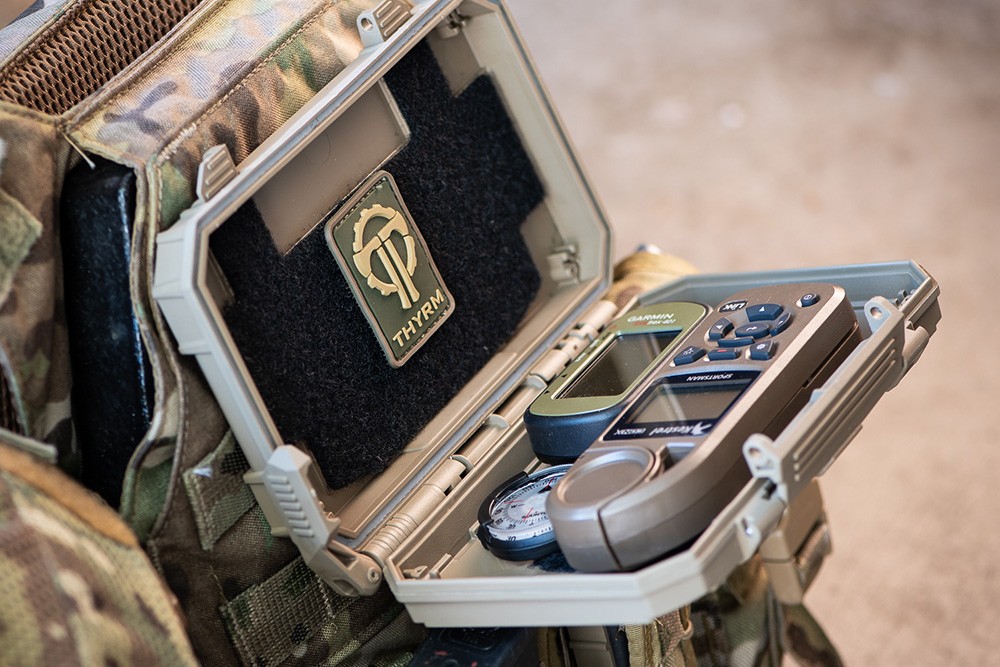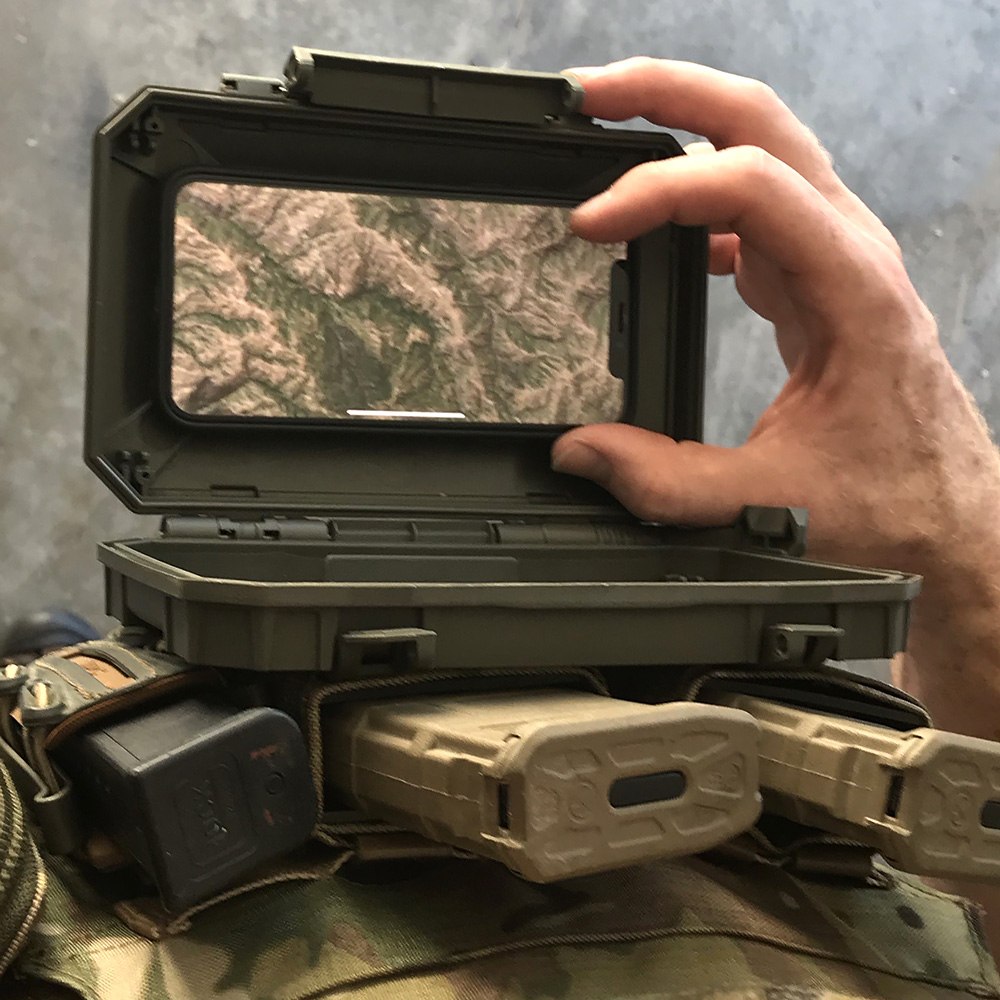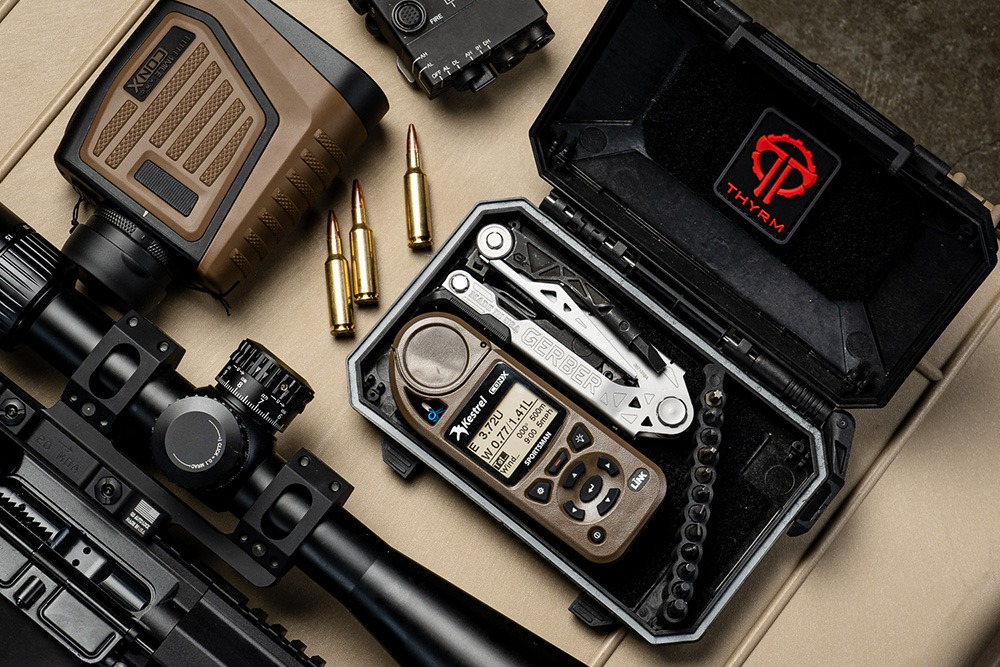Illustrations by Robert Bruner
The air in the jail was hot, humid, and foul beyond words. You were separated from your friends and shoved in a cramped concrete holding cell. There were no beds or chairs. The space just had three rough walls, a low ceiling, a filthy floor, and a row of rusty bars bearing a locked door in the middle. There wasn’t even a toilet in the cell, just a hole in the floor near the back corner of the room. You thought this was likely to be the source of the stench that filled your nostrils, nearly making you retch; but this wasn’t the most worrisome thing in the room.
Three local men were also in the cell with you. The expressions on their faces were varied. One man looked at you with a vacant expression and another stared at you with utter contempt. The third man, however, was the most unsettling. He looked at you hungrily, as if his jailors had just provided him with a treat. He muttered something to the contemptuous-looking man in a language you didn’t understand. There was some nodding, as if an agreement had been made, and then they both started to move slowly toward you.
For this installment of RECOIL OFFGRID’s “What If?” column, we are taken out of our normal surroundings and thrust into a situation that’s beyond our control. It’s a place where almost everything is stacked against us, and it’s an unfamiliar landscape where our normal rights, protections, and freedoms do not apply. We’ll look at some of the precautionary measures you should take before you travel overseas. We’ll also look at some of the resources that are available to U.S. citizens abroad, and things to do at the first sign of trouble. Finally, we’ll talk about some ways to preserve your sanity in a situation that looks hopeless. You’re going to need a good lawyer … if you ever make it to a courtroom at all.
The Scenario
Situation type
Traveling for vacation
Your Crew
You and a few friends
Location
Southeast Asia
Season
Fall
Weather
Humid; high 90 degrees F, low 63 degrees F

The Setup: You and a few friends take a trip to a Southeast-Asian country for some rest and relaxation. You plan to spend your days relaxing on the beach, enjoying the local bars and cuisine, fishing, and spending a few carefree days with your pals. There are a total of four of you, but you have only a marginal understanding of the local language, culture, laws, and key facilities such as the American embassy. Although this country is generally considered friendly toward Americans, you also know there’s a significant local criminal element that dabbles in everything from kidnapping to petty theft, as well as known terrorist groups who have a history of operating in the area. If something goes sideways, the ability to get help is questionable.
The Complication: You head out one night to a bar in the tourist-friendly downtown so you can hopefully comingle with some fellow Americans and English-speakers. You sit down at a table to have a few drinks with your friends. As a friend of yours is bringing drinks over to your table, he inadvertently bumps into one of the patrons and spills a drink on him. He appears to be local and is offended, because he’s dressed better than most who are at this bar. After some hard looks from this individual and a few curt words in another language, your friend does his best to apologize profusely and offer him a drink as a peace offering. The individual scoffs and returns to his table occupied by three other well-dressed locals. Your friend returns to your table and seems to brush off the incident as a misunderstanding and you all continue with the night under the assumption that the worst is over.
You occasionally look over at the table of other individuals who continue to stare at your table with looks of contempt on their faces. Although you only know some of the local language, you can definitely make out that they’re talking about you as you overhear them using common slurs that you know refer to foreigners. After about 30 minutes, your friend returns to the bar for another round. In a seemingly unprovoked manner, another man from the table of locals gets up, walks up behind your friend standing at the bar, and slams a beer bottle into the back of his head. It doesn’t take long for everyone else at the bar to take notice. Now the sh*t’s hit the fan. Your other friends get up to quell the situation, which provokes the rest of the table full of individuals who were staring at you to rush the bar and begin shoving and swinging at your friends. Your friends struggle to defend themselves as customers flee the bar. In a few short minutes, the local police have entered the bar and are blowing whistles to calm the situation.
Your friends are immediately handcuffed, and so are the locals who started the fight. You can’t understand what the locals are saying to the police, but as you sit at the table dumbfounded that this is going on, an officer grabs you and immediately puts you in handcuffs. Here, you’re in a foreign country with probably little to no “rights” as you know them. It’s your word against the locals — assuming you can manage to communicate with the officers. You know your friends didn’t provoke this fight. You’re all brought outside and put into the backs of police cars, where you’re whisked off to the local jail — you already know it’s the stuff nightmares are made of. The conditions are terrible, and you’re aware that many people have been incarcerated in this country indefinitely without even having a trial. What do you do? Who can you call? Do you have any rights whatsoever? The language barrier proves an even greater obstacle to navigate. What steps can you take to explain the situation believably and receive assistance from family, the State Department, or anyone else who can help you get free?
International Media Correspondent Miles Vining’s Approach
Getting arrested or detained in a foreign country will ruin anyone’s day. As responsible world travelers, we need to understand the extent of the situations we’ll be putting ourselves into.
Preparation
Having a background of the threat environment we’re entering is critical, and something we shouldn’t let our guard down on, even on vacation. Find out what local problems are common in the area you’re visiting. What are some of the more frequent crimes against foreigners in your vacation destination? What kinds of valuables do local thieves like to target? What scams are being employed? You can find answers to these in forums, social media groups, and news articles, but more importantly, try to get a feel for these when you’re on the ground — talk to locals and other foreigners. Many locals will claim their part of the country is crime-free, as they don’t want to discourage guests in their country. But if you can establish a rapport with them, they should tell you more about what the crimes, threats, and scams are in the area.
An important part of traveling is to bring our passports, but we can’t always rely on having them in our possession. Maybe they’ll be stolen and sold on the black market. Maybe we’ll give them to a law enforcement official and end up conveniently “lost” behind a desk. Either way, we cannot depend on this material object.
We need to make copies, preferably in color, and keep them waterproofed. Printing a high-definition image of your passport on paper and laminating it so you can keep it folded in your pocket would work well, but just having a paper copy in a small sealable plastic baggie works fine too. This copy shouldn’t be kept with your actual passport or your wallet. Remember, we’re operating on the assumption that both your wallet and your passport are gone. Having a digital copy on your phone is a good move too, but accessing it in a jail cell might be tough. If it’s hosted online, then you could access it through an internet connection given the opportunity to jump on a borrowed cell phone.
Establishing your identity is important when being held in detention, because you’ll have to prove a need to contact the U.S. embassy or nearby consulate. U.S. embassies and consulates will have a 24/7 duty officer which is usually one of the employees that rotates into that position. Before you travel, find the local emergency contact number for this role. This isn’t the general embassy contact number that’ll usually come up on the specific U.S. Embassy’s website, but is usually listed under an emergency contact page online. If you cannot find it, give the embassy a call beforehand and ask for the phone number directly. Another good set of numbers to have are options for English speakers in the country’s law enforcement. For example, Thailand and Vietnam have designated tourist police divisions designed to work with foreigners and have English-speaking officers on staff.
Having these phone numbers on hand, listed in your phone, and/or printed along with your passport copy is essential. If you’re only allowed one limited phone call from a prison, a U.S. State Department official or an English-speaking law enforcement officer in that country is the person you want to talk to. The State Department can notify your family in the United States, possibly pay you a visit, maybe even recommend local lawyers that you might be able to work with. An English-speaking law enforcement officer might be able to smooth things out with the police that are holding you.
Any time you travel, it’s always a good tactic to routinely check in with family or friends back home every day, even if it’s just a casual greeting and update on current events. Don’t give in to the temptation to post this publicly on social media along with some amazing beach photos. This could open up the possibility of thieves (or “friends” of yours with unsavory accomplices) targeting your residence in the States for a break-in because you aren’t home. Another point to consider is to develop a low-key alert plan with someone you trust. For example, something you can say or do if you’re in detention or maybe even kidnapped, without raising the attention of your abductors. This method has to be simple but effective and easy to remember. Maybe your family has never owned cats, but you send a message asking how your new kittens are getting along with each other. Just something to quietly let them know that not all is well and instruct them to get in touch with the U.S. embassy in that country.
There are a number of items that would be great to bring with you overseas in terms of a personal EDC kit. In regards to being detained, we have to remind ourselves that we might be separated from everything in our pockets, or even our clothes themselves, as they could be switched out for prison uniforms.
That being said, a few items certainly cannot hurt. In terms of self-defense, I always have a short, durable flashlight with me. I can use this to possibly blind an attacker, establish my presence without escalating a situation, or as a blunt-force striking tool. The beauty of a small metal flashlight is that I can have a self-defense weapon of opportunity almost anywhere, inside a plane, in a cinema, etc. A physical notebook and pen are useful for writing down important information if my phone goes dead.
It’s always a good idea to purchase an international cell phone service plan in the United States before traveling. It’s an even better idea to buy a local SIM card in the countries you visit. Not only is it going to be cheaper than overseas service, but it’ll most likely be more efficient for the local environment. Realize that the Third World depends much more on data than calling or text; this is why WhatsApp is so popular. But before you do this, check the countries’ networks to see if they are CDMA or GSM, and whether or not your own phone is unlocked for international use. Many times, I travel with two cell phones, an iPhone as my primary and an Android model as my secondary. If charging cables don’t fit or are unavailable, or maybe my phone gets stolen or broken in a scuffle, I still have a backup means of communication.
On Site
We generally have this impression of indigenous Southeast Asian peoples being very conservative, kind, and maybe even shy in the eyes of Western social norms. But like anywhere in the West, locations of social interaction such as nightclubs, bars, and popular restaurants will have their fair share of troublemakers and scammers. Look up videos of “Walking Street Pattaya” for examples of these scenes. We need to be vigilant as to the social environment around us and what could possibly escalate into a situation beyond our control. If we’re going to be drinking, we must be watching our consumption and understand that while intoxicated, we’re raising the possibility of a confrontation.

Different cultures bring all sorts of intricacies that can take many years of local immersion to comprehend. You don’t have the time, education, or experience to begin to understand these. Instead, what I’ve found is that if you genuinely feel something is off or probably wouldn’t fly in the States, then it probably is the same elsewhere, within a few degrees of magnitude. Listen to your instincts and watch what the locals do in response to a crisis happening. Don’t be the drunk tourist trying to mediate a situation or even escalate it. Play things conservatively and swallow your pride.
Think about what you’re wearing and what’s in your EDC kit in terms of how it could be perceived locally, either by a civilian who might confront you about it, or by a law enforcement officer who’s on the fence when looking at your case. Wearing a Grunt Style T-shirt with an oversized American flag printed on the right shoulder might not be the best attire in a country where hundreds of thousands of people were killed in a period of heavy U.S. intervention. Likewise, having some odd EDC survival gadget might also be looked upon with scrutiny by a law enforcement official searching your personal belongings. If they suspect you of being a spy or a criminal, this could serve as confirmation in their eyes.
Crisis
Let’s come to terms with one very important reality. You’re not James Bond, and you aren’t going to clandestinely sneak yourself out of a jail, slit some guard’s throat with your fold-out credit card knife, and make it to the extraction submarine waiting in the harbor. You’re an American citizen on holiday in Southeast Asia, now being detained by local police forces on suspicion of whatever it is they want to charge you with.
Our first priority should be proving our identity to the arresting officials and getting in touch with our diplomatic representatives in the local country. Our embassy isn’t an instant “get out of jail” card, nor can diplomats from the State Department even represent us in a court of law. But it can get information back to our families in the United States and at the same time might allow for some facetime with a State Department official who can explain some of the laws and various options we might have. Hopefully, we either still have our passport, our waterproofed color copy, or at least a digital version. Then, we should be able to call that emergency duty officer at the embassy obligated to answer at all times of the day and night.
Throughout your ordeal, your biggest asset is going to be your attitude and your code of conduct in dealing with law enforcement. Realize you’re in a situation beyond your control. What little there is you can control (asking for a phone call, requesting to speak to higher leadership, improving prison conditions) might completely depend on how you act and appear to the officials in charge. If you play the role as an arrogant, loud, insulting foreigner who couldn’t care less about local rules, then you’ll get treated as such. More importantly, in many of the respect-driven, conservative, and hierarchical societies that make up Southeast Asia, people tend to shut down when it comes to emotional temper tantrums. If you’re patient, respectful, and ask politely, officials will almost certainly respond in kind.
Unfortunately, in much of Southeast Asia, living with corruption is a part of daily life for the indigenous population. Understanding this, it’s dangerous territory to recommend that foreigners should simply bribe their way out of a sticky situation, as this is compounding one crime on top of another. Potentially offering a bribe to local law enforcement personnel is a personal choice that an individual has to make based on their own conscience. If the decision to offer a bribe is made, then it must be done so very tactfully. Southeast Asian police officers often don’t see bribes as themselves breaking the law so much as them being able to provide more for their families from their meager salaries. Of course, if you’re already in detention, officers could simply take your money and not do anything to help.
Law enforcement always wants to probe for information. As a foreigner, the scrutiny can be greatly amplified. Local cops have seen their fair share of foreign drug smugglers, scam artists, pedophiles on the run, and mafia types (Pattaya in Thailand is practically owned by the Russian mob), so another foreigner in trouble could be one or all of the above. Some might even suspect you to be a spy. To counter all of this, you need to be completely honest about everything. Don’t try to hide some fact because it’s embarrassing or makes you squeamish. If they suspect you of some foul play, then a single lie could be their smoking gun find. This advice goes with any interaction with law enforcement, but only state what you know happened during the incident. Do not be conjecturing, fishing for clues, or otherwise filling in gaps.
Facts and Figures
As a snapshot of foreigner-related or targeted crime, here are some stats by the Thai Tourist Police in January 2019: https://www.tatnews.org/2019/01/thai-tourist-police-release-statistics-highlighting-crackdown-on-illegal-activities/.
State Department Assistance During an Arrest
Using Thailand as an example, here’s what U.S. representatives are legally obligated to do in the event of an arrest: https://th.usembassy.gov/u-s-citizen-services/arrest-of-a-u-s-citizen/.
Survival Expert Tim MacWelch’s Approach
Preparation
It’s a dangerous mistake to skip the steps in preparing for a trip to a foreign country with a known criminal element and a different language. Any prospective vacation of mine would involve a lot of preparation.
Starting with my supplies, there are a few items I always like to carry on my person while traveling. The simplest everyday carry items include my mobile phone, some cash for emergencies, and practical clothing. These would be clothing and footwear selections that offer good movement, some protection and some defensive/offensive capability. For example, sturdy boots aren’t very breathable or comfortable for a hot and humid climate, but certain footwear works better for kicking bad guys than those goofy sandals and flip-flops the other tourists are wearing. I’d also want to carry a light source, like a small inconspicuous flashlight. And since traditional defensive tools like firearms, knives, and pepper spray are forbidden in so many places, a leather belt with a heavy buckle and a discreet tactical pen may be the best I can do while in transit. The belt buckle can act as a flail and the pen can add an extra jolt when striking.
Another facet to my preparation is research. A travel guidebook is an excellent resource to study, even before I make the decision to book a trip to another country. These books can give us some remarkable details about the destination, as well as dos and don’ts to observe. I’d also want to know about the crime in the area, particularly against travelers. Is it a high kidnapping area? Is it risky to use cabs for transport? Where are the “no-go” areas? It’s also smart to learn a few basic words and phrases in the local languages. “Yes,” “no,” “please,” “thank you,” “hello,” and “goodbye” can go a long way in a strange land. Simple phrases like “stop that,” “where’s the bathroom?,” “I’m sorry,” “how much does this cost?,” and “what’s your name?” are even more valuable.
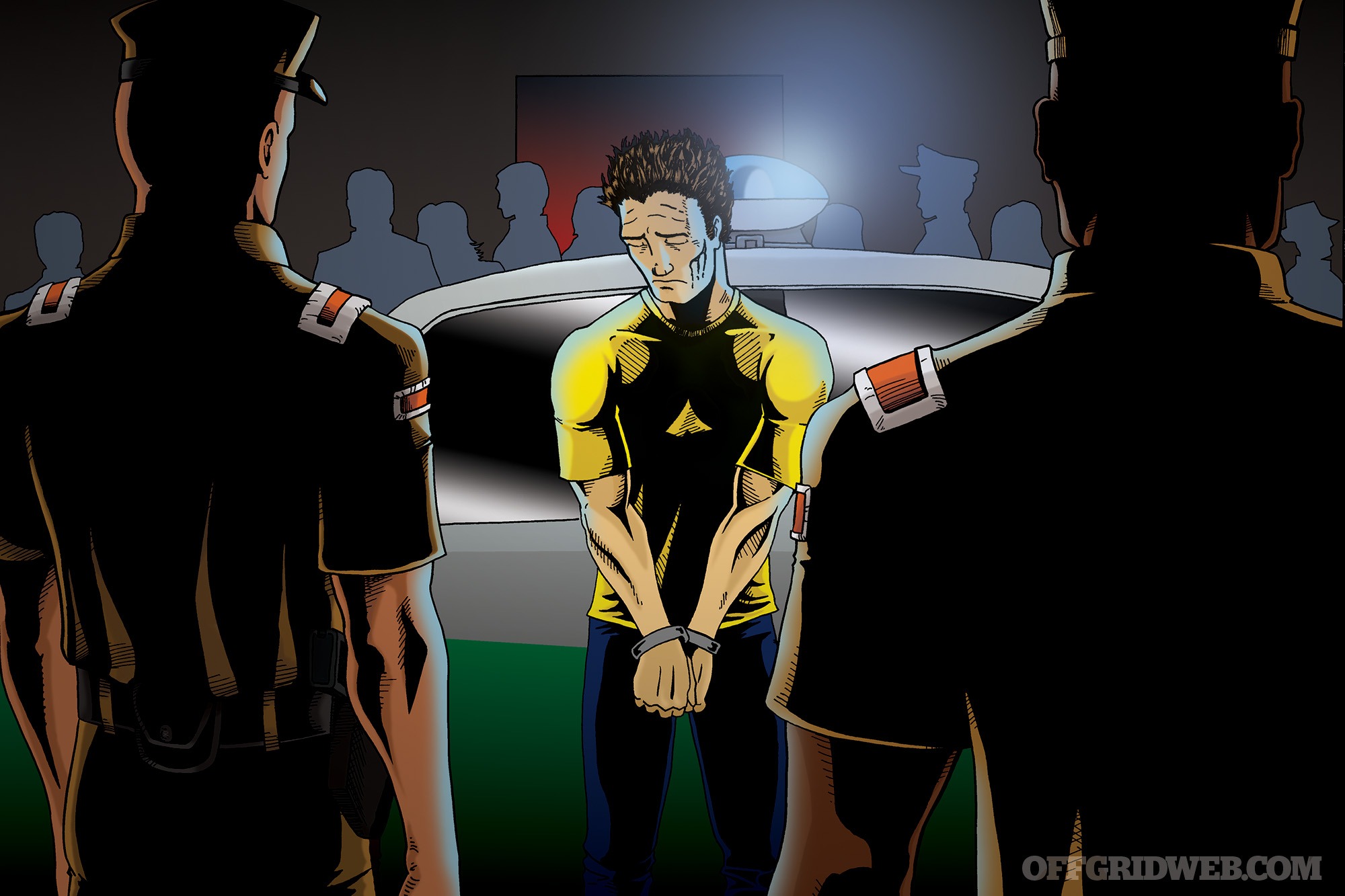
Learning a little bit of the local language is a step few travelers bother to do, but it’s not only useful — it can create a much warmer reaction from local people. Prior research of the country’s customs and general laws can start paying off for me. For example, I’d want to know about major local holidays, as these will certainly affect my ease of travel. I’d also need to know the things considered rude or offensive, that an American might never recognize. Finally, I’d need to know the most common things that would be legal at home, but illegal when I’m abroad. For example, insulting the royal family of Thailand is punishable by 3 to 15 years in prison per incident. In 2011, an American named Joe Gordon spent nearly a year in prison after being arrested for a blog article he had posted prior to visiting Thailand.
And let’s not forget about communicating with our friends and family back home. I’d choose a person who I’d check in with on a regular schedule. They should have my itinerary, the hotel phone number and address, and some kind of instructions on what to do if I missed one or more check-in calls. Check the U.S. State Department website (www.state.gov) as part of your research it’s loaded with helpful advice, travel advisories, and warnings about the country you intend to visit. It can also direct you to embassy and consulate websites, which provide addresses and phone numbers for these vital resources.
Take down the information, especially the separate emergency and non-emergency phone numbers for the embassy and consulate in the area. These American outposts are ready to help in the event of a death, serious illness, violent crime against, or the arrest of an American citizen. Ask for American Citizen Services when contacting the embassy or consulate. ACS is the office that’d assist us in our jailhouse scenario.
On Site
Once checked into the hotel, I’d call home and then call the local U.S. embassy or consulate to inform them of our group’s arrival in the county, how long we’re planning to stay, where we’re staying, and how we can be reached. This information puts our names on their desks, which is helpful in the event that we have legal issues. It’s also important in an emergency situation where Americans would need to be evacuated from the country.
I’d also set up our hotel room for emergencies. Stocking some food and water (in tamper-evident containers) is a great start, and I’d learn the layout of the hotel. Whether we head to the hotel bar or out on the town, we’d make a plan to stick together. I always strive to sit against a wall, toward the back of any eating or drinking establishment. This allows me to watch the door for better situational awareness. I’d also encourage a bathroom buddy plan, where no one heads off to the bathroom alone (this is a good place to get jumped). I’d keep an eye on the crowd, and most of us don’t need a translator to understand the universal language of dirty looks.
If I began to suspect any problems with the locals (particularly a problem that could escalate), we’d simply leave the bar and go somewhere else. In some parts of the world, it’s easier to use the “gray man” tactic, attempting to blend into the background and avoid calling attention to yourself. This may not be possible when I’m a head taller than most of the local people and bearing the wrong complexion, but it’s still important to avoid bringing unwanted attention onto myself. For that reason, I wouldn’t bring valuables such as jewelry and watches on the trip.
Crisis
Despite our best efforts to avoid trouble, sometimes trouble has a way of finding us. In the event that some local inhabitants decide to give me and my friends a pummeling, it’s unlikely I’ll be able to talk my way out if it with a limited vocabulary. I’d attempt to circle up our group and stave them off until the authorities arrive. Despite our instincts to beat these attackers to death with our beer mugs, it really looks bad if we’re “winning” when the cops finally bust in. Some of the non-combatants may explain to the LEOs we didn’t start the fight and were just trying to defend ourselves. Ideally, we’d have a few bumps and bruises and be told to go back to our hotel by the officers. But let’s say that didn’t work. I certainly wouldn’t want to have anything that could be construed as a weapon or drugs on my person at the time of my arrest. Once placed in custody, I’d keep saying I’m an American citizen, and they’re required to inform the local embassy if they detain me (which is usually true). We wouldn’t resist arrest. I wouldn’t expect my “one phone call” like you’d get here in the U.S., but my communication plan with my contact back home would have them calling the hospital and police station if I missed my check-in by 12 hours (or some other preset time period).
After the arrest, it may be made clear that those who are holding me are operating by the book, or they may have a looser interpretation of the rules. I’d have to cautiously broach the subject of paying my “fine” to be released. All the while, I’d have to determine whether a bribe would solve my problems or add to them. However, without access to a translator, the chance to buy my way out from the authorities may never happen, and if the local PD that took us are crooked — we probably wouldn’t have our wallets anymore to offer a cash bribe in the first place.
As a final thought for our article, I’d like to address the one thing that you may be able to control in a situation that is completely beyond your control — your thoughts. It’s really hard to control other people, the things they do, and the situations that occur, but with the proper mindset and control, you may be able to stay in charge of your own thoughts. This could be a sanity-saver and lifesaver in both short-term and long-term survival settings. Your thoughts control your attitude, which in turn affects your emotions and experience. So, if I was stuck in a squalid foreign prison and had no idea when I might be released, I’d do everything possible to keep my thoughts positive and be there for my friends.
Conclusion
Despite our tumultuous history in the region, Southeast Asia is one of the safest places for American tourists to spend time on vacation. Hundreds of thousands of tourists from all over the world spend weeks and even months in Thailand, Cambodia, Laos, Vietnam, and more recently, Burma as it has opened up to the public. These countries truly are a fantastic combination of awesome people, breathtaking sights, delicious food, and unforgettable experiences. Don’t let the tales of a few taint a possible visit to the region. But on the same token, be smart and prepared about the possibilities of being the victim of criminal activity or ending up in a jail cell, no matter where your travels take you. Understand the situations you’re in and the consequences of acting rashly or making poor decisions. Ultimately, realize your biggest asset in a complex and chaotic dilemma is going to be a clear mind and a successful attitude.
The laws and customs of other countries can be completely different than those back home, and unfortunately, ignorance of a law or custom is rarely a valid excuse for breaking those rules. To further compound our problems, the local authorities may take an above-average interest in the activities and missteps of outsiders. These law keepers may range from being suspicious of travelers to being downright hostile to foreign citizens. Before you buy that plane ticket, take the time to do your research to determine if your destination might be a high-risk area or a place notorious for incarcerating foreigners. The ass you save may be your own.
Meet Our Panel
 Tim MacWelch
Tim MacWelch
Tim MacWelch has been a survival instructor for more than 20 years, training people from all walks of life, including members from all branches of the U.S. Armed Forces, the State Department, DOD, and DOJ personnel. He’s a frequent public speaker for preparedness groups and events. He’s also the author of three New York Times-bestselling survival books, and the new Ultimate Bushcraft Survival Manual. When he’s not teaching survival or writing about it, MacWelch lives a self-reliant lifestyle with his family in Virginia. Check out his wide range of hands-on training courses that are open to the public at www.advancedsurvivaltraining.com.
 Miles Vining
Miles Vining
Miles Vining spent his childhood and teenage years growing up in Thailand, Burma, and Malaysia, returning to the region after his service in the Marines to work with an international relief group that works in conflict zones in Iraq, Syria, and Sudan. He also worked in digital media with a local Afghan company in Kabul. Beyond RECOIL, his work has appeared in Small Arms Review, The Firearm Blog, the TFB TV YouTube channel, and Strife Blog. Currently, he’s the editor of Silah Report, an online resource group focused on researching historical and contemporary small arms and light weapons from the Middle East and Central Asian regions. Learn more at www.silahreport.com.

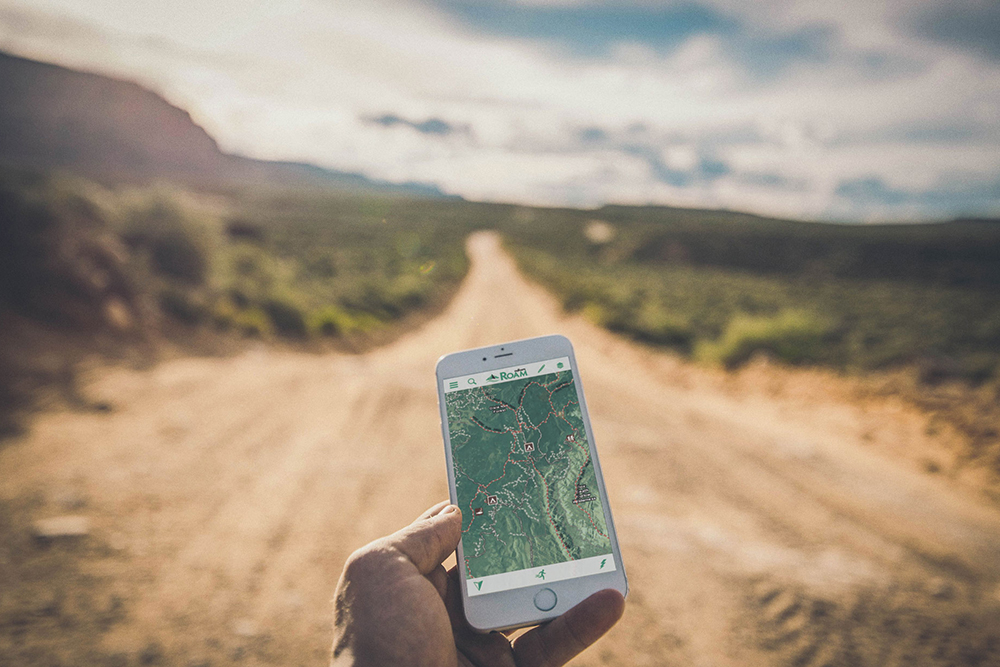





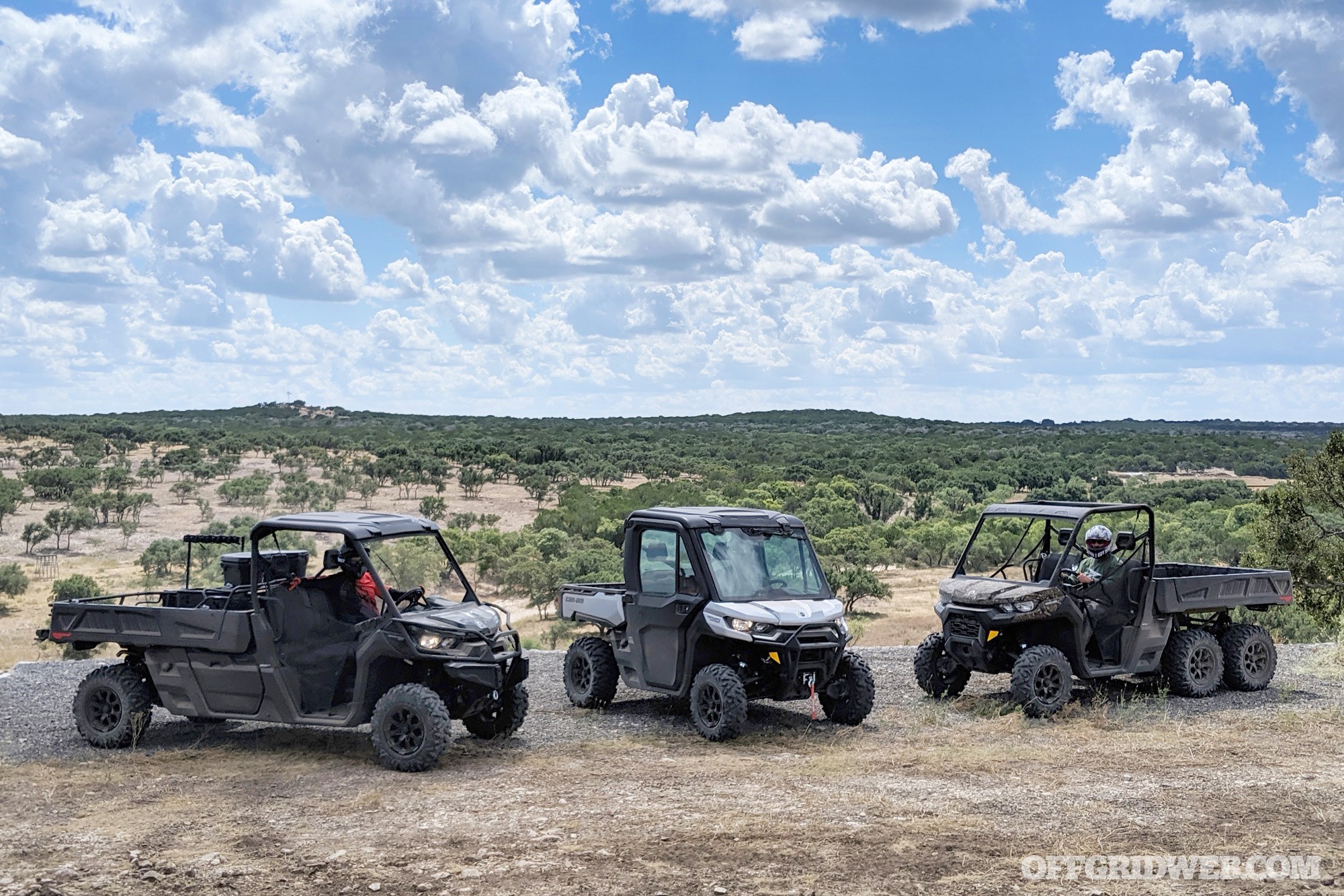
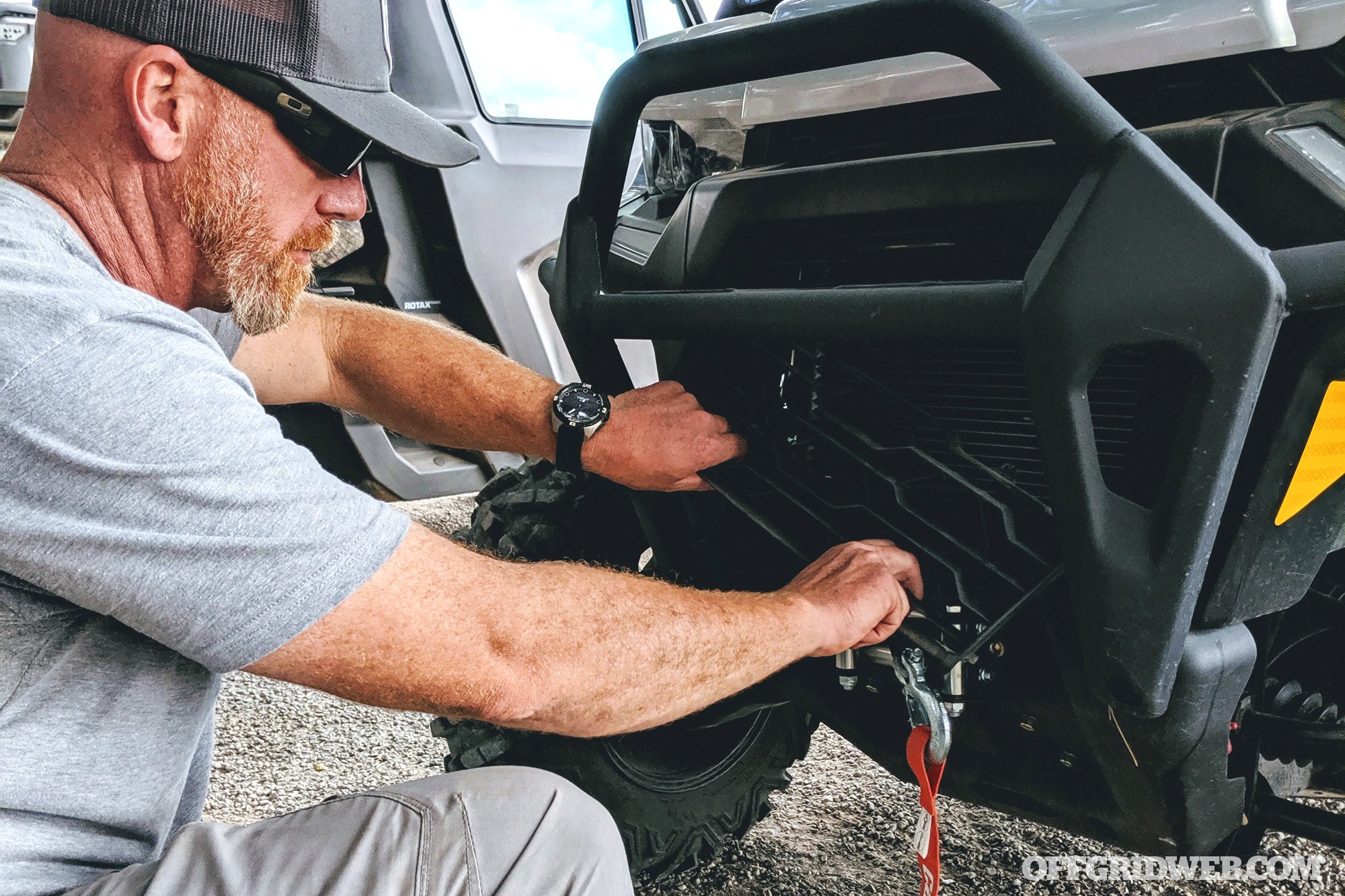
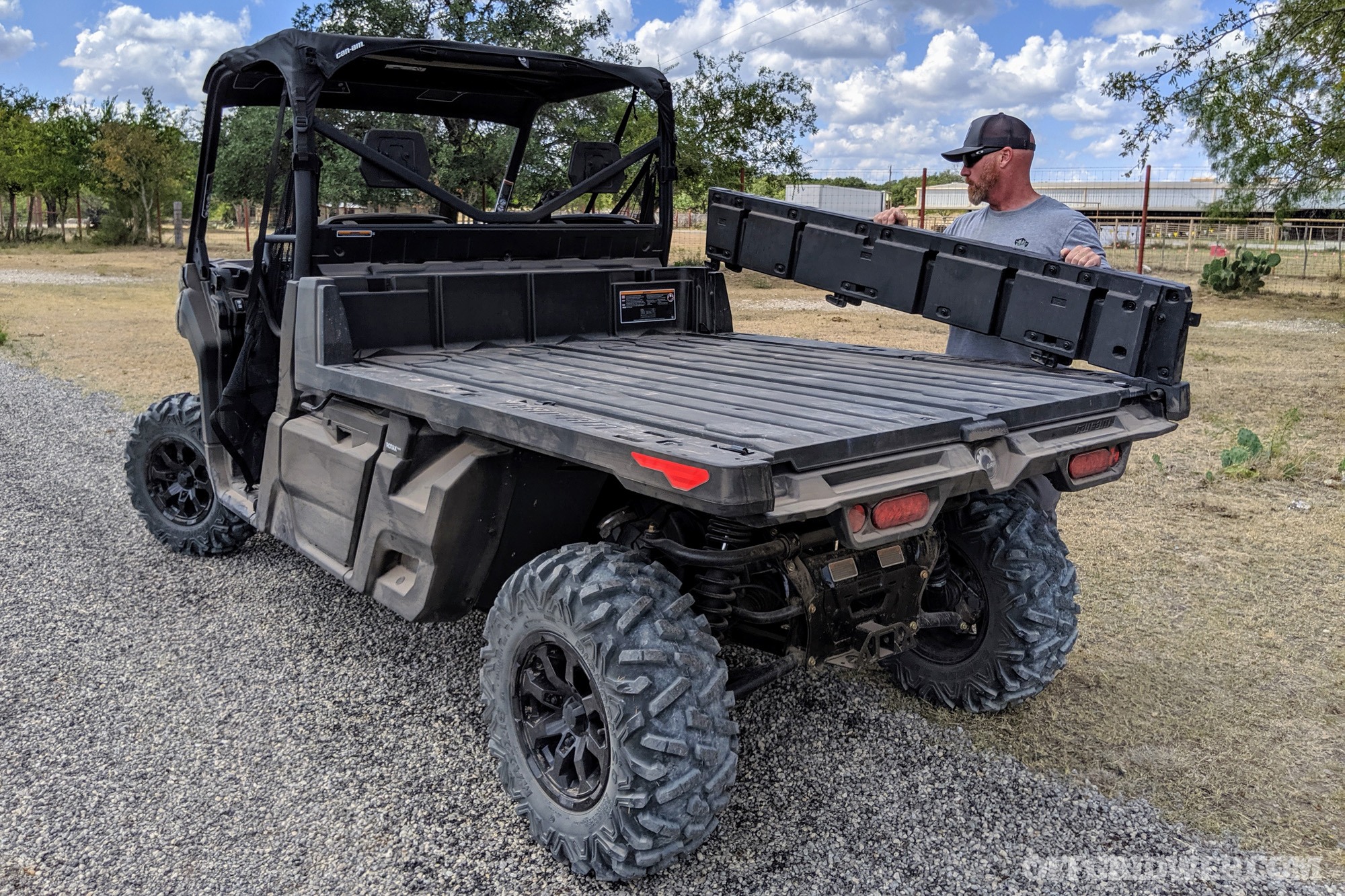
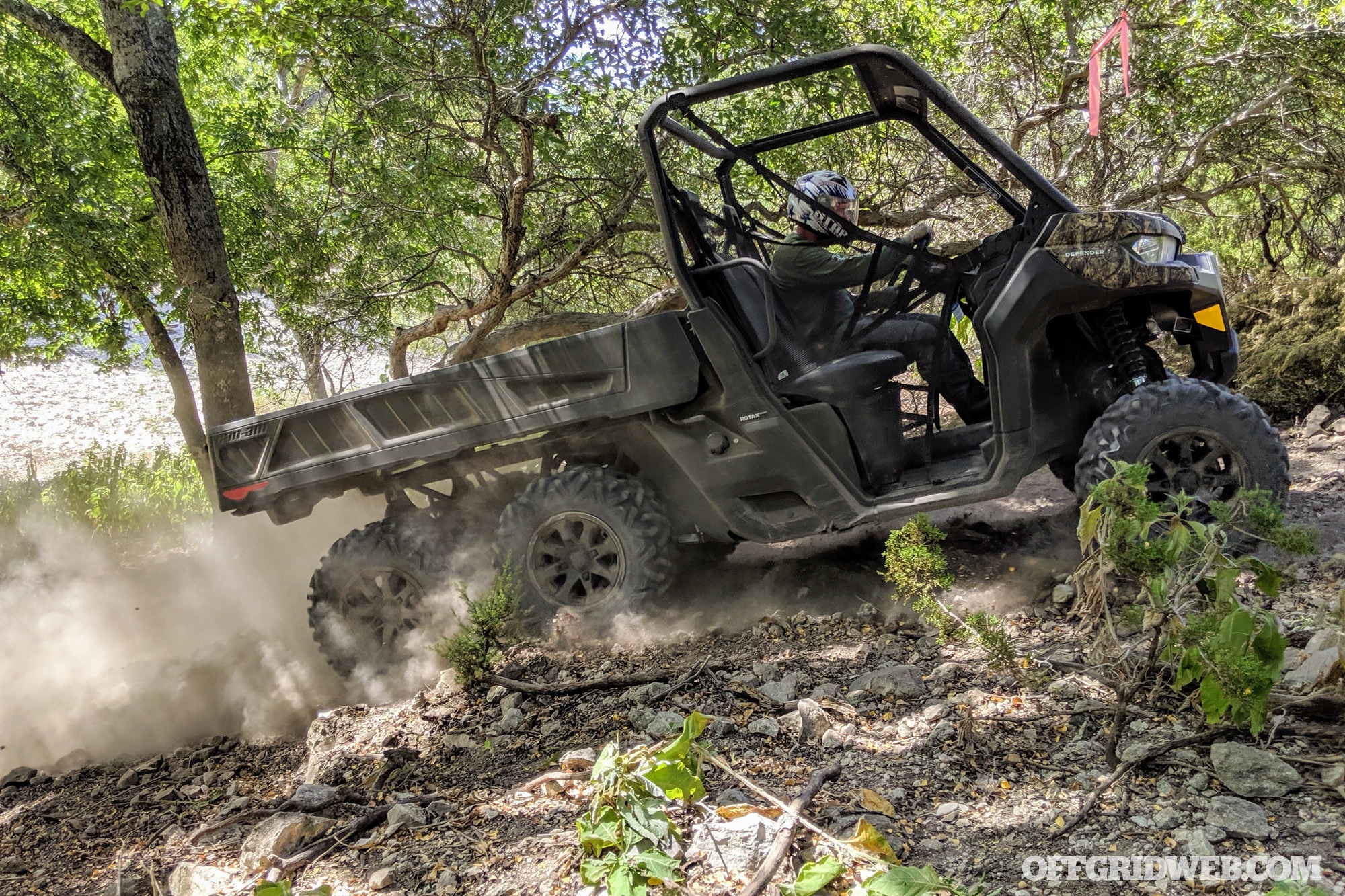
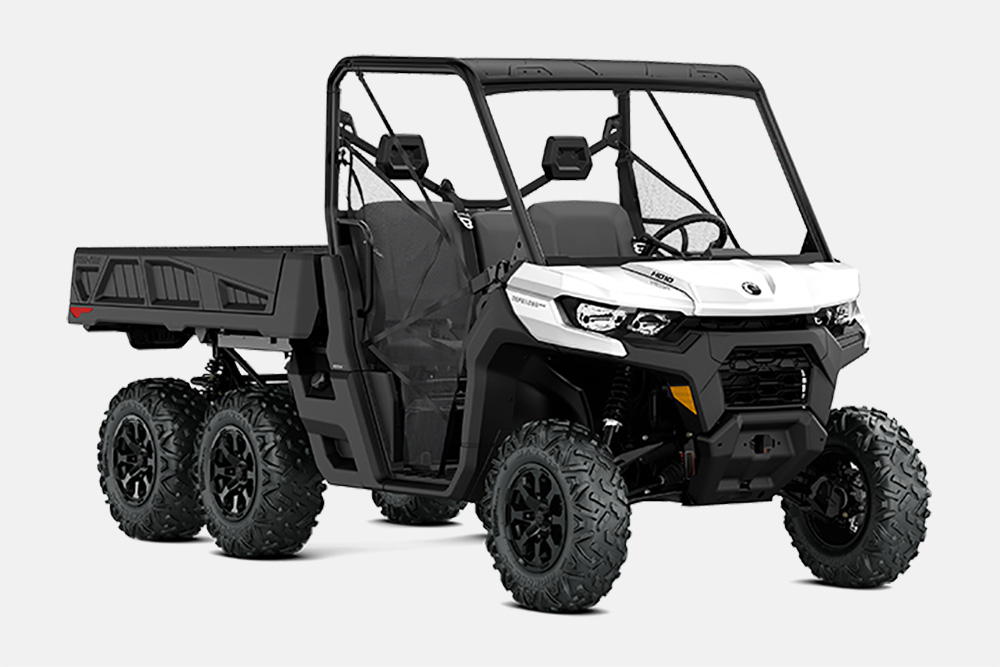
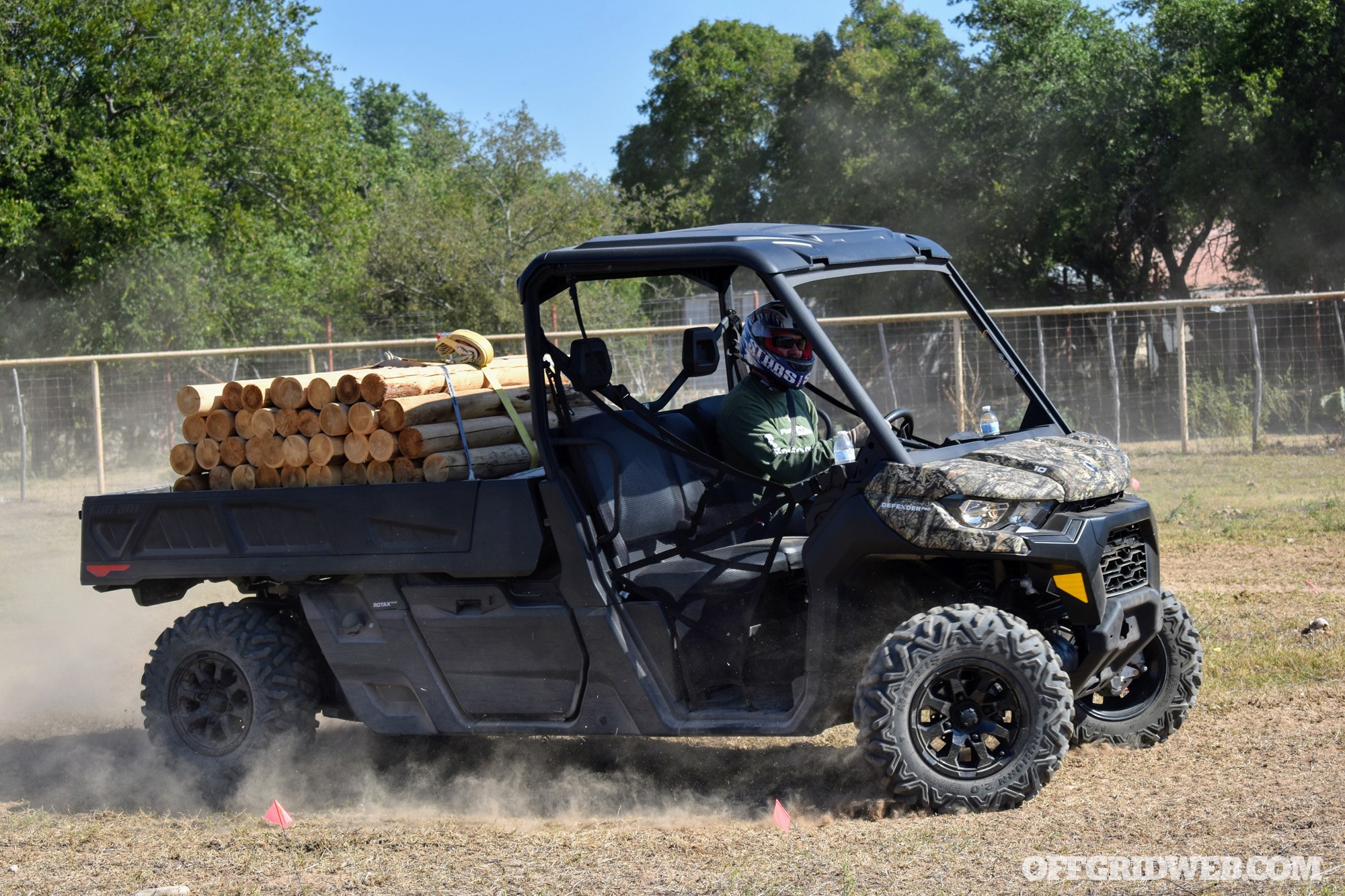
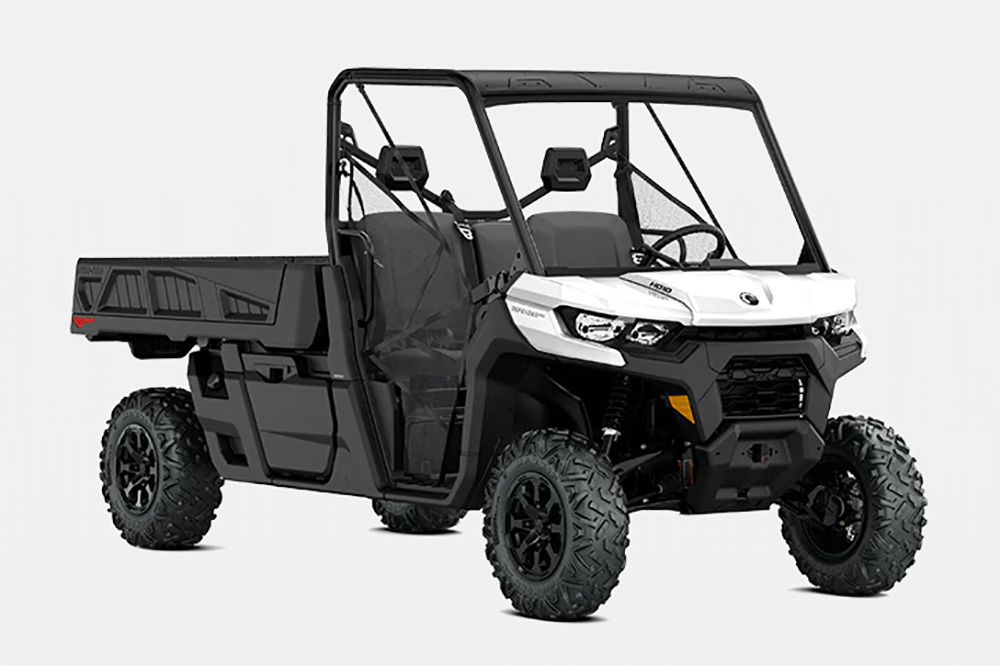
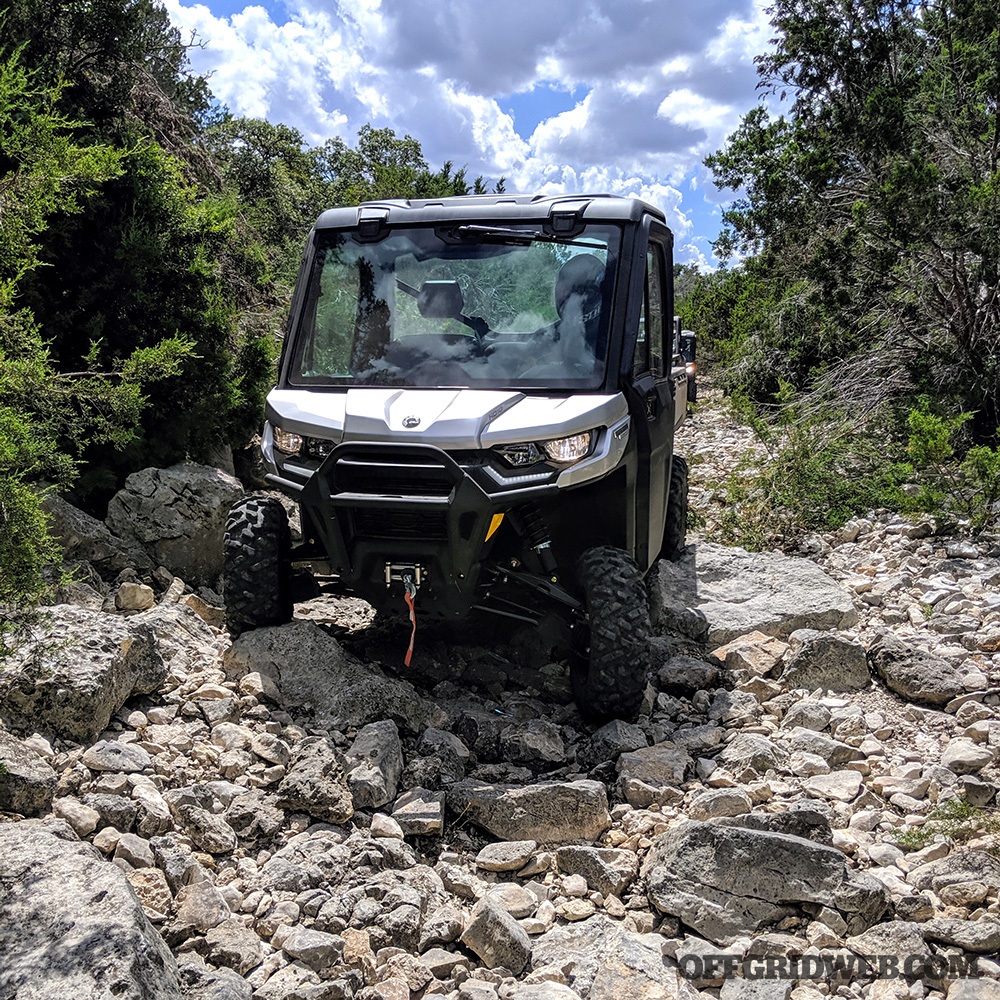
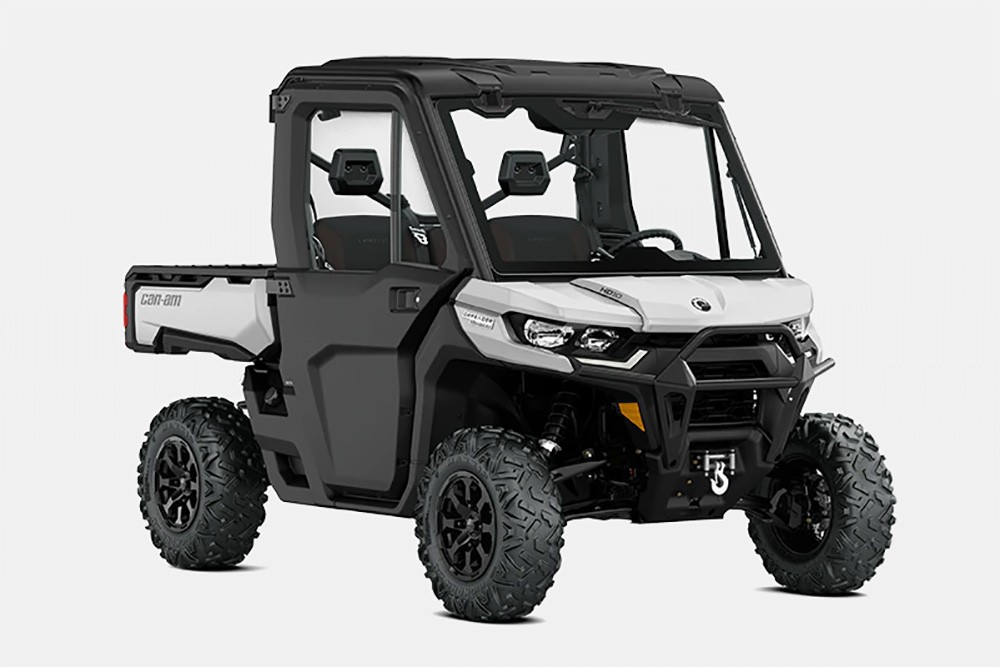
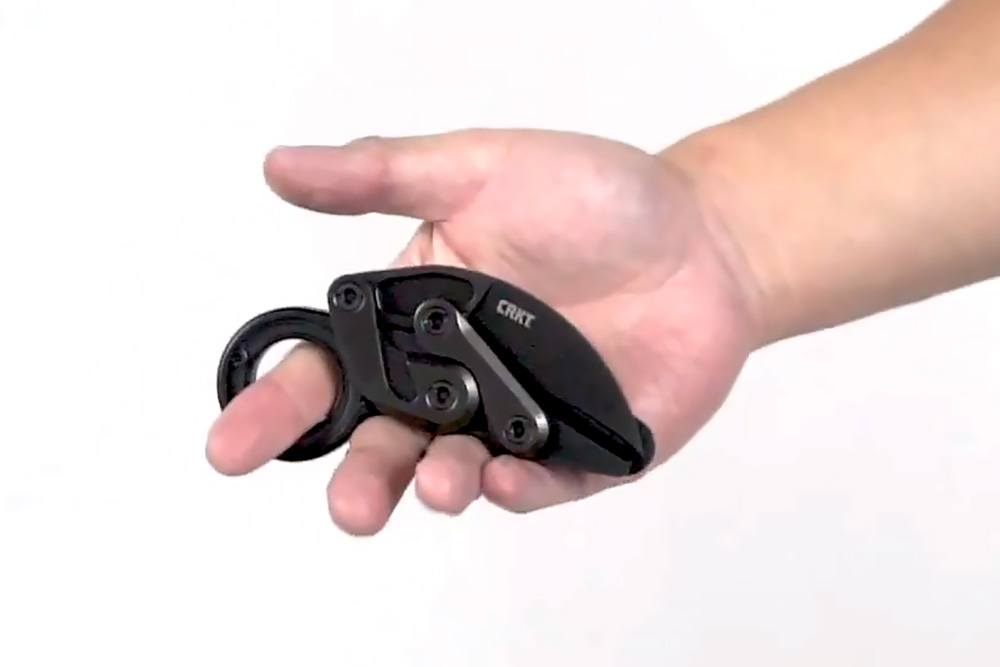



 Tim MacWelch
Tim MacWelch Miles Vining
Miles Vining









